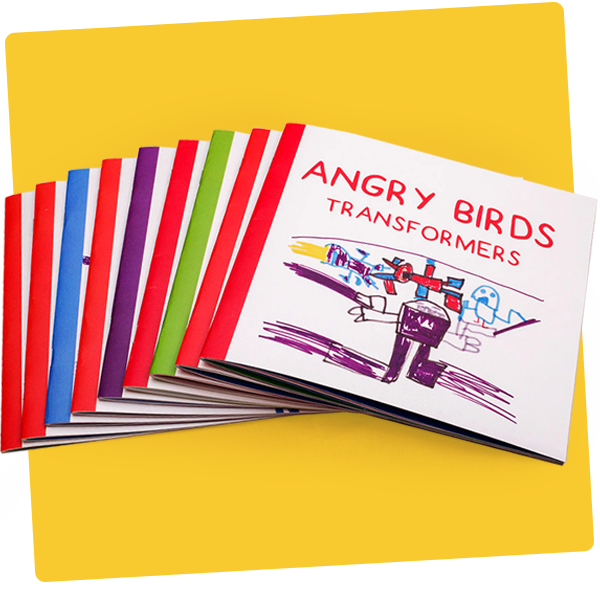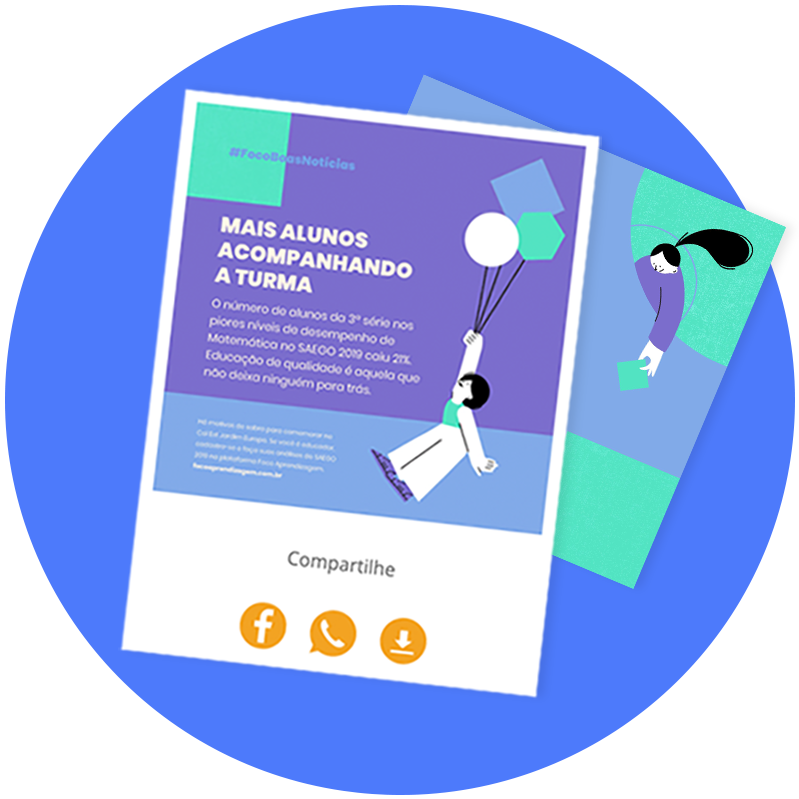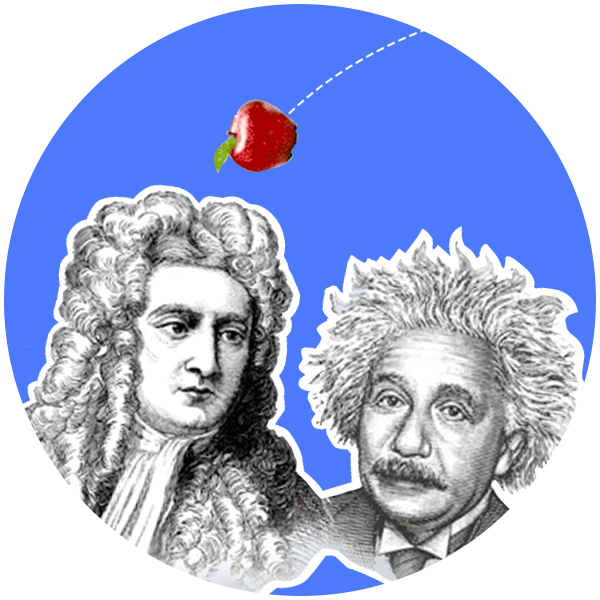LUMIAR is an innovative school based in São Paulo. One of its core beliefs is that children learn better when actively involved in their own learning process.
For that reason, the school's project-based curriculum is co-designed with the teachers, the children, and professionals from diverse backgrounds who also collaborate on classes.
I joined a group of 5-year-old children fascinated by Ana Maria Machado's book "Bruxinha e as maldades da Sorumbática" (in a free translation: The little witch and the gloomy evil). So the teacher proposed a 'story retelling', a method that promotes comprehension skills and vocabulary development. It exercises the ability to describe, recall, organize and summarize events, thus stimulating creativity.
Read and reread
To retell a book, you have to take some steps. So, together with the teacher, I designed a three-month journey full of activities and experiments.
Firstly, the teacher read the story to the whole class. During the reading, she paused to ask questions and let them make comments about the characters and their favorite book parts.
Retelling the story
After reading and rereading the book, the children orally retold the story to start creating their own version. Rudá, who was beginning to write, volunteered to write up the story and became the class scribe.
Drawing words
To illustrate the book, we designed a couple of different drawing activities. Beginning with collages, they composed their favorite book scenes by choosing and synthesizing what was of more importance to them.
In another activity we called 'finish the drawing,' the kids received an incomplete illustration and had to fill in what was missing, putting their deduction abilities to work.
Some patterns emerged when we observed the drawings. The example below represents two expected outcomes. While some kids draw entire bodies, others connect the parts independently. There are also differences in color use and details.
The kids also illustrated the book cover. They used colored paper in tiny squares to draw witches and other characters. Drawing on a reduced scale, they exercised planning skills and eye-hand coordination.
The book
Lastly, after designing and leafing through the printed book, we reflected on our work and the process until then. The variety of activities allowed kids to develop language and pre-writing skills, collaborative work, fine motor skills, and hand-eye coordination. And most importantly, all of that while having fun.
My role
Experience design
Graphic design






















